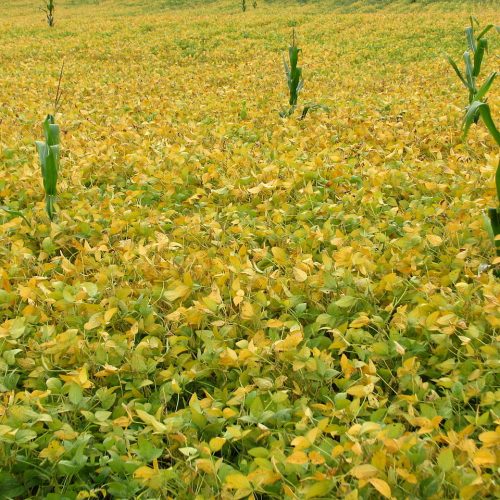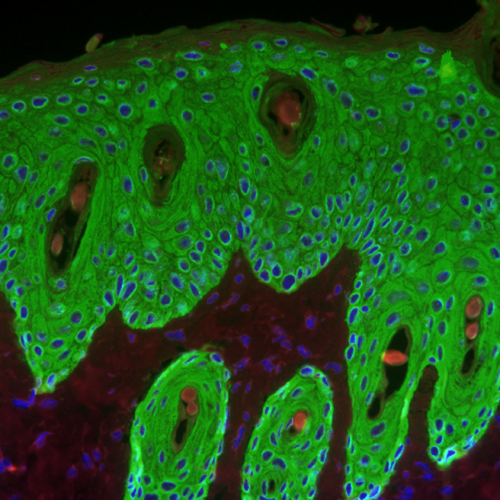The paper industry, even with the modern trend of digitization of materials and online news and book sources, continues to make the wood pulp market a large commercial force in the world, dominated by the use of Eucalyptus as a backbone for paper production. The use of Eucalyptus as oil has also seen a dramatic rise in the past two decades. Limited land availability makes high quality and fast growing eucalyptus a hot commodity in both businesses. Some improvements have been developed over years of crossbreeding, but several of the intended traits have remained elusive.
Scientists have turned to clonal development as a more direct method to produce higher quantities of the plant directly. But even this had hit snags and bumps due to the multiple different facets needed to make a successful clone. Better understanding of clonal gene development through the use of Agrobacterium-mediated gene transfers of marker genes over the past decade have shown progress in comprehending the way to create the desired gene expression. This has been especially true in regards to clonal development from shoot snippings and induction of callus formation.[1]
Attempts to induce reformation of a whole plant from a snipping has been an endeavor in Eucalyptus studies for decades, with multiple different chemical solvents tried in that time frame. Even within different species of Eucalyptus alone, results will vary depending on what mixture is used. The majority of scientists’ focus has been on cytokinins and their already extant hormonal usage within plants to activate maturation of cells. A study in 2006 used 6-Benzylaminopurine to try and stimulate cell division from both shoots and leaves. The latter was entirely unsuccessful, but several of the shoots were able to properly undergo callus development. This was limited, however, and full progression halted before buds were able to fully emerge.[2]
Due to the higher rate of success, the bulk of research in this field has focused on exploiting shoot progression through shoot and root apexes over leaf explant development, unless certain research parameters require the second. In order to accomplish this, another commonly used chemical is the synthetic plant hormone naphthaleneacetic acid. A 2010 study was able to reach an over 40% success rate with shoots and a similar rate with some of the leaf attempts, but the results varied significantly even among the shoots used.[3]
One year later, another study looked into figuring out the genes involved and activated by different culture mediums and chemical hormones. This was done by setting up multiple different cultures where the shoots and leaves were kept for varying lengths of time. In order to determine which cultures caused higher gene activation for growth, two marker genes were added using Agrobacterium-mediated gene transfer. These were the nptII antibiotic marker gene and the uidA gene, which codes for beta-glucuronidase enzyme production. With both markers in place, the researchers were able to tell which shoots and leaves responded best to which culture and for what length of time, significantly expanding understanding of how to induce Eucalyptus organogenesis.[4]
The other side of culture mediums and plant hormones is proper nutrition and uptake of the right chemicals for growth. Mineral nutrition is an area that is especially needed to be considered for correct culture usage, as all minerals needed for growth need to be added to the culture, unlike already existing sources when growing plants in soil. Boron and calcium have been found to be critical in proper organogenesis activation, whereby a study in 2012 was able to properly determine the accurate ratios to maximize results. Too high of a concentration of either mineral would retard maturation rather than serving as a beneficial nutrient.[5]
The creation of new protocols for clonal development have also been fundamental for creating uniformity of results. A 2012 study found both positives and negatives among the current indirect methods of organogenesis. Regeneration of plant structures was found to have no relation to the structures of the original tissues used, so maximizing callus formation would speed up overall development of clones. The researchers involved also found that there is a possibility of somaclonal variation affecting the results. When conducting normal breeding experiments, enhanced variations would be encouraged due to the higher chance of desired trait development, but variation among clonal development just entails a larger amount of clones that have to be discarded for not matching the desired parent plant.[6]
All of these individual parts, culture mediums, plant hormones, mineral nutrition, and protocols to avoid clonal variation, have each influenced and improved the research and production of Eucalyptus clones, along with paper and oil production from them. In August of this year, a study will be published that is similar to those done a decade before, as discussed at the beginning of this article. But with all the knowledge in between and using the right mix of cultures, hormones, and everything else, the researchers’ results far exceeded the 50% mark in success of clonal regeneration and eventual planting of the regrown clonal roots into a soil medium.[7]
The accumulation of knowledge over time is the backbone of scientific endeavor. In regards to cloning Eucalyptus to reduce the time and need for expanded farmland, scientists have taken huge steps in accomplishing their goal in this corner of the biotechnology field.
References
- Chen Z-Z, Ho C-K, Ahn I-S, Chiang VL. 2006. Eucalyptus. In: Agrobacterium Protocols Volume 2. Springer Science & Business Media. [accessed May 22, 2016]. https://books.google.com/books?id=SGlgWe4z5kMC
- Glocke P, Collins G, Sedgley M. 2006. 6-Benzylamino purine stimulates in vitro shoot organogenesis in Eucalyptus erythronema, E. stricklandii and their interspecific hybrids. Scientia Horticulturae [accessed 2016 May 22]; 109:339–344. http://www.sciencedirect.com/science/article/pii/S0304423806002184
- Aggarwal D, Kumar A, Reddy MS. 2010. Shoot organogenesis in elite clones of Eucalyptus tereticornis. Plant Cell, Tissue and Organ Culture [accessed 2016 May 22]; 102:45–52. http://link.springer.com/article/10.1007%2Fs11240-010-9703-y
- De Alcantara GB, Filho JC, Quoirin M. 2011. Organogenesis and transient genetic transformation of the hybrid Eucalyptus grandis × Eucalyptus urophylla. Scientia Agricola [accessed 2016 May 22]; 68:246–251. http://www.scielo.br/pdf/sa/v68n2/a16v68n2.pdf
- Brondani GE, de Araujo MA, de Alcântara BK, de Carvalho JG, Gonçalves AN, de Almeida M. 2012. In vitro organogenesis of Eucalyptus grandis: effects of boron and calcium. Acta Scientiarum. Agronomy [accessed 2016 May 22]; 34:403–411. http://www.scielo.br/pdf/asagr/v34n4/a07v34n4.pdf
- Mycock DJ, Watt MP. 2012. Shoot and root morphogenesis from Eucalyptus grandis x urophylla callus.African Journal of Biotechnology [accessed 2016 May 22]; 11:16669–16676. http://www.ajol.info/index.php/ajb/article/viewFile/130019/119579
- Fernando SC, Goodger JQ, Gutierrez SS, Johnson AA, Woodrow IE. 2016. Plant regeneration through indirect organogenesis and genetic transformation of Eucalyptus polybractea R.T. Baker.Industrial Crops and Products [accessed 2016 May 22]; 86:73–78. http://www.sciencedirect.com/science/article/pii/S0926669016301716
Written by: Sterling Ericsson
Word Count: 877
Type: News Bite





